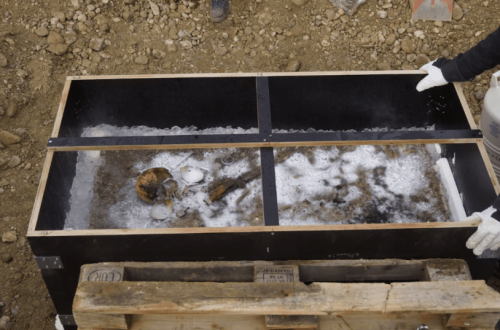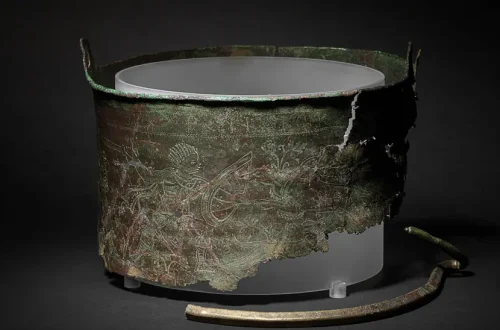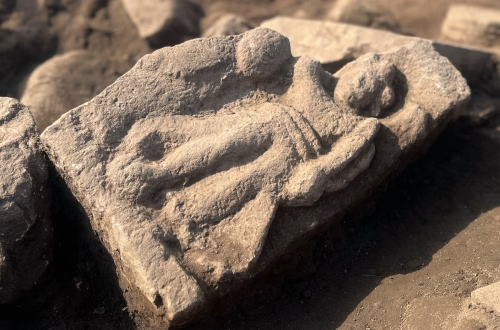A new study has overturned the long-standing belief that a violent Roman massacre occurred at Maiden Castle, a major Iron Age hillfort in Dorset, England. Published in the Oxford Journal of Archaeology, the research, led by Dr. Martin Smith and Dr. Miles Russell, used advanced forensic analysis and radiocarbon dating to examine 52 skeletons from the site. The findings reveal that injuries, once thought to result from a Roman assault in 43 CE, likely stemmed from ritualistic practices, scavenging animals, or inter-Briton violence over decades, rather than a single event.
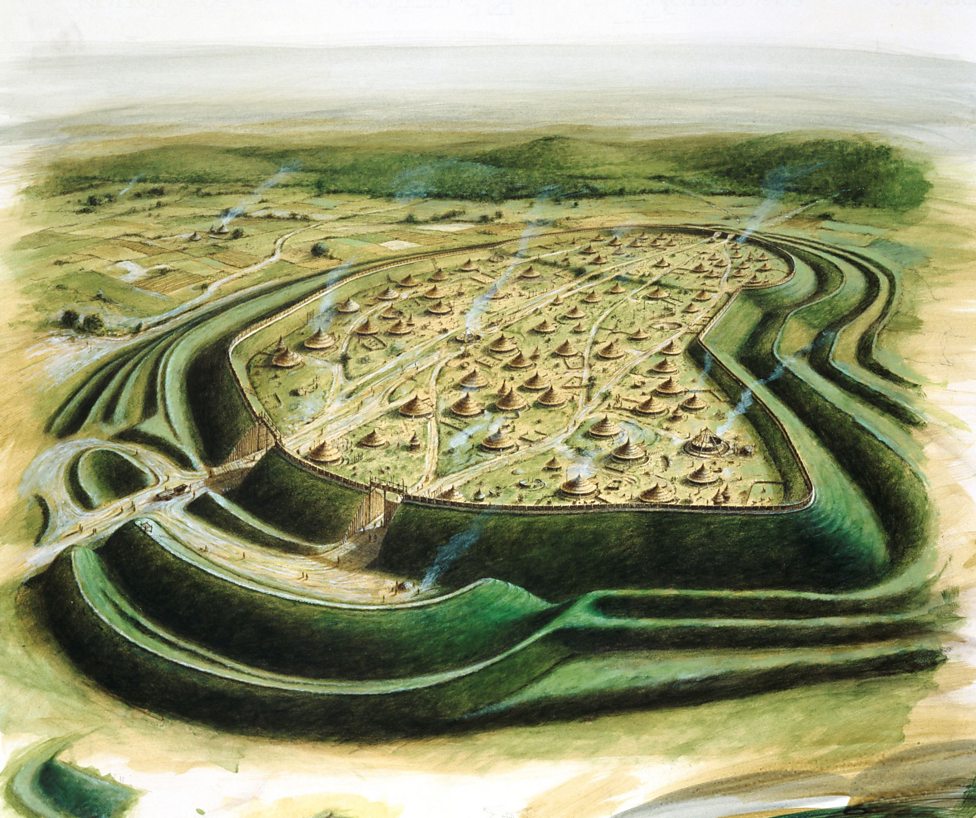
An aerial view reconstruction drawing of Maiden Castle in the Iron Age.
The massacre narrative was established by Sir Mortimer Wheeler’s excavations from 1934 to 1937, which uncovered skeletons with apparent weapon injuries and a projectile point—initially mistaken for a Roman ballista bolt—embedded in one spine. Wheeler’s interpretation of a fierce Roman attack on the Durotriges tribe became a cornerstone of British history. However, the new study determined the projectile was a local javelin point, likely inserted after death as part of a ritual. Radiocarbon dating indicated burials spanned from the late 1st century BCE to the early 1st century CE, suggesting deaths occurred over generations, not during a single Roman conquest.
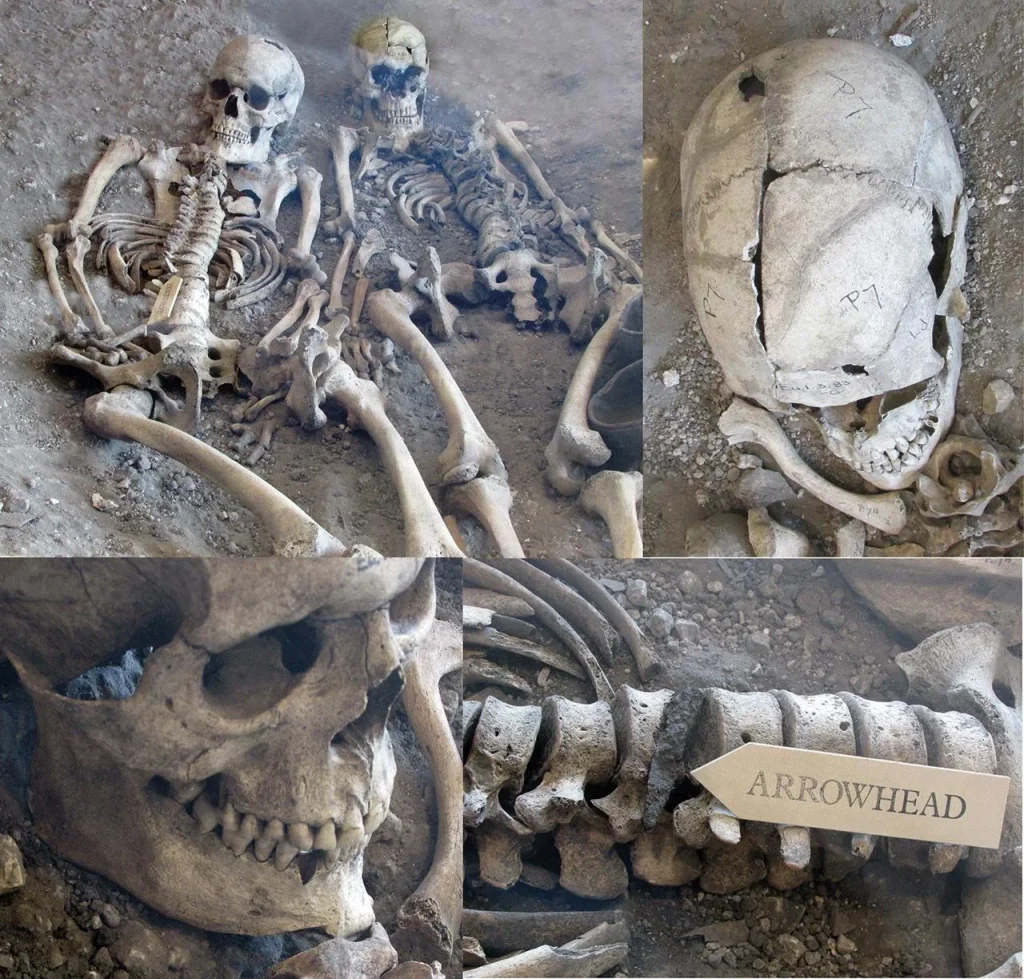
The research points to Maiden Castle as a ceremonial and social centre for the Durotriges, with evidence of complex burial practices rather than a fortified stronghold. Dr. Smith noted that the findings suggest “a more complex interaction” between the Durotriges and Romans, likely involving negotiation or gradual integration. Some evidence indicates the hillfort was abandoned mainly by 100 BCE, though other sources suggest continued use into the Roman period, possibly as a Romano-British temple site. As a co-researcher, Paul Cheetham observed that the varied burial practices reflect multiple cultural groups or intricate social structures within Durotrigian society.
Further research will explore the Durotriges’ cultural practices and interactions with Roman forces, potentially revealing additional burials around Maiden Castle’s ramparts.


